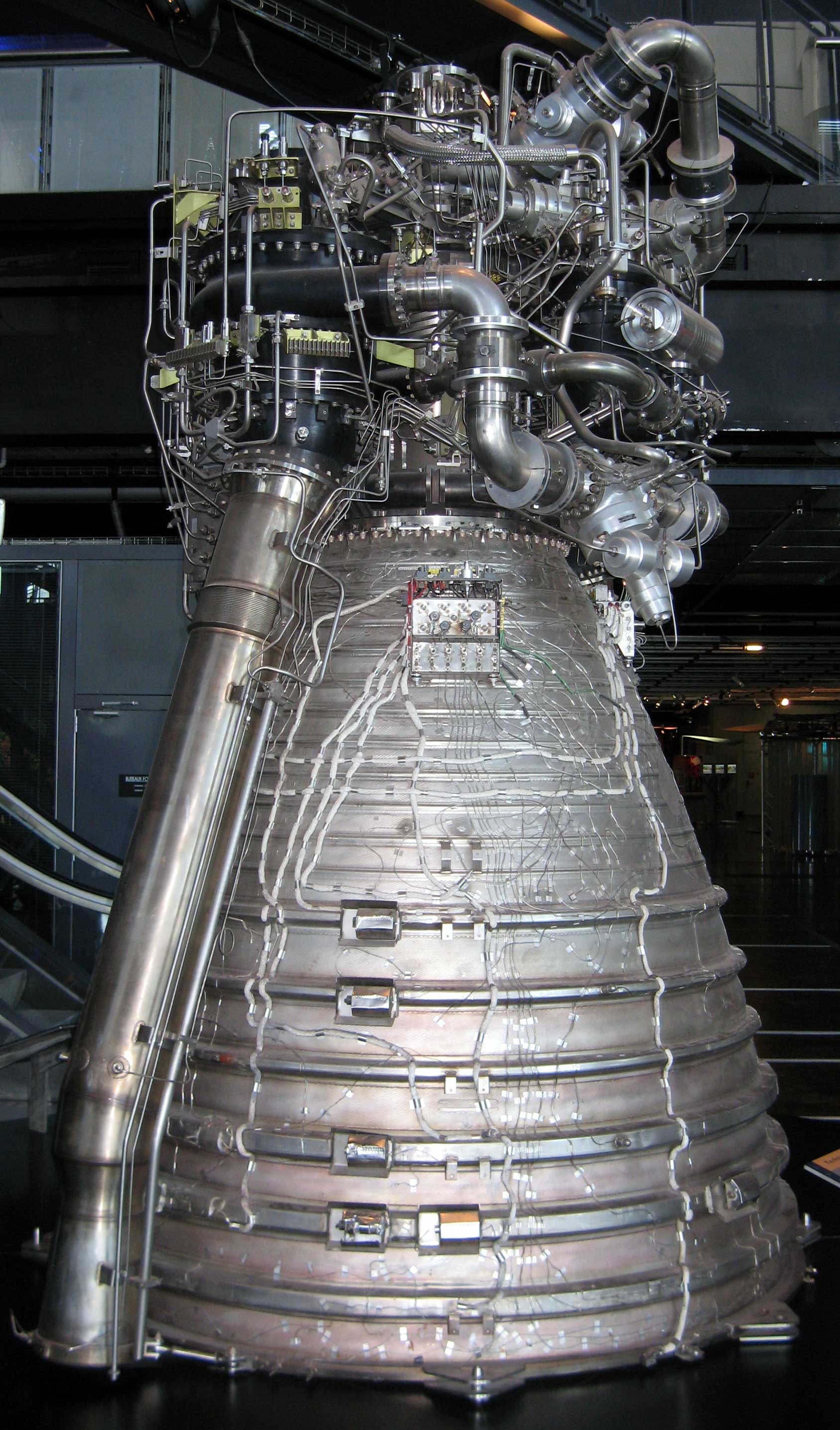- Joined
- Aug 20, 2006
- Messages
- 13,000
In what sounds like another substantial setback for SpaceX, investigators have reportedly found that an integral component of the Falcon 9 vehicle may be prone to cracking. While I will not take credit for this thought, it is possible that this issue existed since the craft’s inception but only came to light after SpaceX finally managed to land one successfully back in January.
…the Wall Street Journal reports that a problem in the Falcon 9's engine could jeopardize SpaceX's goal of becoming the first private company to deliver astronauts to the International Space Station in 2018. The WSJ article (which is behind a paywall) reports that the Government Accountability Office found the turbine blades that pump fuel into the Falcon 9's engines liable to crack. A GAO report later this month is expected to detail the leaked findings. Popular Science reached out to GAO to check the facts, but the public affairs office isn't allowed to discuss the report's findings until it comes out in a few weeks. WSJ reports the turbopump cracks could "pose an unacceptable risk for manned flights." Which is not great news, given the fact that SpaceX hopes to launch its first astronauts in 2018—a milestone that has already been delayed several times.
…the Wall Street Journal reports that a problem in the Falcon 9's engine could jeopardize SpaceX's goal of becoming the first private company to deliver astronauts to the International Space Station in 2018. The WSJ article (which is behind a paywall) reports that the Government Accountability Office found the turbine blades that pump fuel into the Falcon 9's engines liable to crack. A GAO report later this month is expected to detail the leaked findings. Popular Science reached out to GAO to check the facts, but the public affairs office isn't allowed to discuss the report's findings until it comes out in a few weeks. WSJ reports the turbopump cracks could "pose an unacceptable risk for manned flights." Which is not great news, given the fact that SpaceX hopes to launch its first astronauts in 2018—a milestone that has already been delayed several times.
![[H]ard|Forum](/styles/hardforum/xenforo/logo_dark.png)
